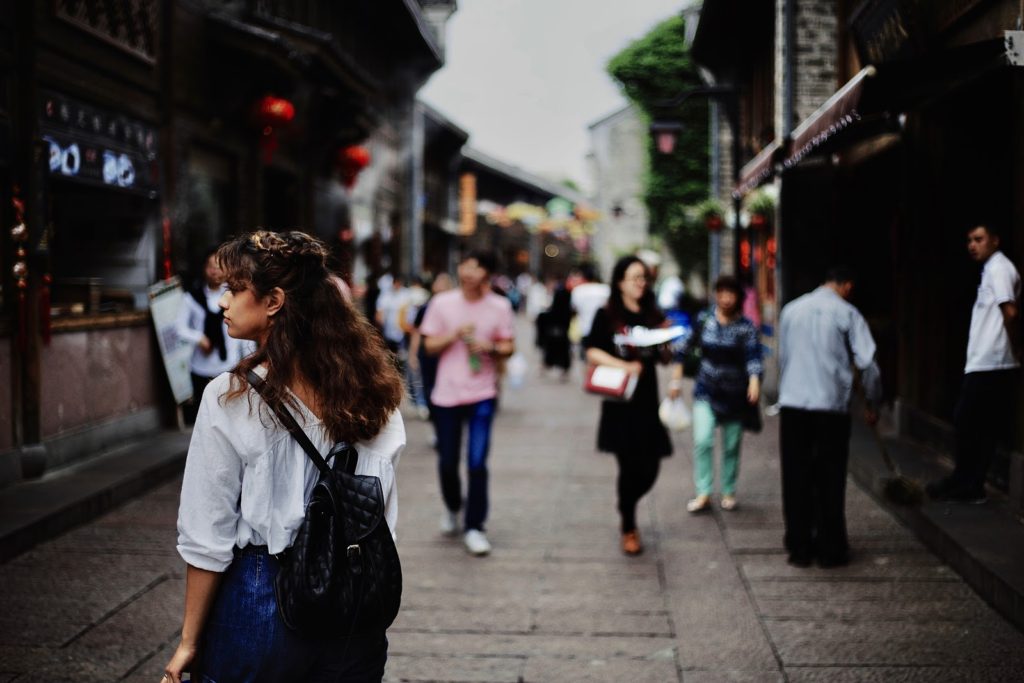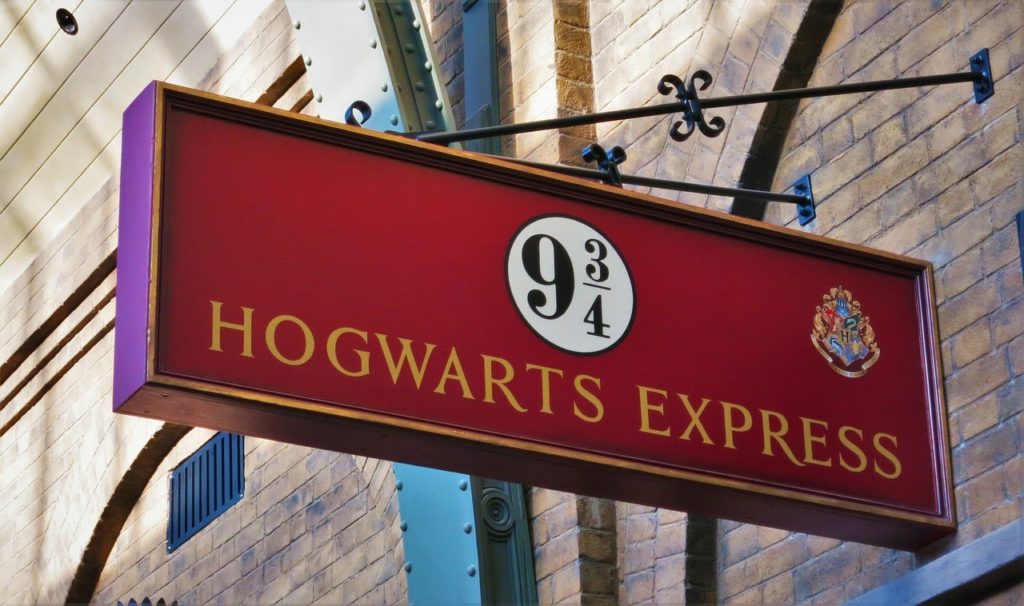Worldwide, creative translation engages local audiences across international markets. To ensure your campaigns resonate with your target audience, a translator uses expert techniques, innovative writing, and a deep understanding of your market’s cultural nuances.
How can your campaigns convey the same tone and impact abroad as they do at home? Will international audiences resonate with your marketing like your local audience does?
To ensure audiences in every country you target respond positively to your campaigns, you need to get creative. If you’re unsure where to start with creative translation, here’s everything you need to know.
Literal translation vs. creative translation
You’re probably familiar with literal translation—taking words from one language and substituting them with words from another. This translation type focuses on accurately reproducing the original text in the target language and avoiding incorrect translations and omissions. It isn’t very common in the business world, unless you’re dealing with legal translation that can’t afford errors and ambiguities.
Creative translation, also referred to as content transcreation, doesn’t replace the source text word for word. Instead, it focuses on using the source text as a reference point to create an equally compelling copy in the target language. It often uses innovative expressions and wording in the target language to generate the same tone and meaning as the source text.
In short: The creative translation definition is using translation and creativity to adapt text to a different language while maintaining the same essence of the text. It can involve simply changing a few words or sentences, or completely rewriting the whole text.
Someone performing content transcreation asks questions like, “Who is the target audience? What does the source text and business want to tell them?”
The goal of creative marketing translation is to capture the attention of the target audience in the same manner it would in the original language. This can mean adapting the text, changing vocabulary, or sometimes rewriting it completely to fit the local market.
Using a literal translation in your marketing materials could make your content sound rigid, awkward or, at worst, inappropriate. Understanding your target audience’s cultural nuances is vital, or you risk losing potential customers.
See also: Translation vs. localization: What’s the difference and why should you care?

Why should you use creative content translation?
Translation and creativity go hand-in-hand. Without injecting a burst of creativity into your translations, the text will likely come across as strange, confusing and sometimes even offensive.
Not sure if you should stick to literal translation or go with a more creatively translated text? Here are a few reasons to use creativity in translation:
Capture the rhythm of the original text

Poems, songs, and advertisements that are translated into other languages must use creative translation since they are capturing more than words—they are recreating musicality and aesthetics. These mediums often have plays on words, rhythm or alliteration that must be transferred into the target language. The end result might not look similar to the source, but it will have the same effect.
Creative translation example: Haribo wanted to translate their catchy German tagline “Haribo macht Kinder froh und Erwachsene ebenso” into English. But the literal translation “Haribo makes children happy, and adults as well” doesn’t necessarily roll off the tongue in English.
They used creative translation to come up with a similar meaning that has an equally bouncy rhythm, “Kids and grown-ups love it so, the happy world of Haribo.” This tagline became a hit with English speakers, just like the original German version was at home.
See also: US vs. German marketing content: Why localization is key
Here’s an example from our team:
Translating the song, Emergencia, from well-known Argentine artist Nathy Peluso, was a highly complex process with several components to keep in mind. We needed to accurately capture the meaning and nuances of the lyrics, as well as the artist’s personality and voice.
The translation was also used as subtitles that had to fit within the context and space of the music video, making this even more challenging as the words should complement the images on the screen.
Lyrics also don’t follow proper language standards, conventions, spelling and grammar. In Emergencia, the artist uses a lot of slang and Spanglish. For example, “llamada di emergencia” replaces “de” with “di”, and Nathy Peluso pronounces “emergencia” in a mix between English and Spanish. These all needed to be translated while still keeping the song’s flow and capturing the subtleties, accents and intonations that reflect the artist’s character.
Read our client story for the details on how we did the translation.
Consider your target audience’s culture

Social norms and cultural nuances vary by country. If you’re translating business or marketing content in several countries, you’ll have to adapt your translations for every market.
For a successful global marketing campaign, your marketing copy should be translated into a powerful message considering cultural context, language connotations and grammar. In one region, you might want to say that your product offers security, whereas another region might prefer a product that promotes freedom. A creative marketing translation transforms these subtleties into a suitable translation that appeals to your target market.
Localizing your translation ensures your message resonates with your target audience. You don’t want to ruin your first impression—sloppy translation of creative marketing makes customers lose trust in your brand, ultimately affecting your sales.
It’s important to do adequate international audience research to ensure that you know enough about your target audience and what they relate to.
Creative translation example: The McDonald’s slogan “I’m lovin’ it” is often directly translated in their advertising across the world, such as “Me encanta” in Spanish.
But in China, people don’t say “love” in a casual way, opting to express the word for truly meaningful moments. The Chinese version of the slogan translates to “I just like it.” These small changes make a big difference when it comes to attracting and retaining customers.
The source text contains invented language

Movies, books, music and even advertisements sometimes create their own words to draw in their audience and hook them in an innovative way. In these instances, translators must decide how to take invented words and give them the same meaning in a different language.
This is often done by crafting a new word in the translated language to give the reader a feeling of what the original word meant.
Creative translation example: Lewis Carroll’s poem “Jabberwocky” is a nonsense poem written in English for children. Many of the words in the poem don’t exist in English, but they can be understood. The word “Mimsy” is used in the English version, which may be a combination of the English words miserable and flimsy.
A translator created the word to “misébil” for the Spanish version of the poem. To come up with “misébil,” the translator combined the Spanish words miserable and débil (‘weak’ in English). Even though this word isn’t similar to “Mimsy” in English, it still evokes the same feeling.
See also: Glocalization: What it means and which brands are doing it right
Make the text more relevant to your target audience
Sometimes, when translating marketing content, you need to be aware of the target audience and whether or not something is relevant to them. While the translation may make sense, you may be talking about something that doesn’t really interest them or play a big part in their lives. Usually, this involves providing locally relevant examples or additional context.
Creative translation example: Every month we write an article about a given topic for Sanicat and localize it into several languages on their website. One particular article was about whether or not eating pumpkin is good for your cat.
We originally wrote it in English and then translated it into Dutch. Since pumpkin is not a popular vegetable in The Netherlands, we included other types of vegetables that are more commonly consumed in the country.
See also: Website translation and localization: 7 key steps
Creative translation isn’t as easy as you might think

Some translators may not excel at creative translation. In addition to the linguistic skills a translator usually needs, content transcreation calls for excellent copywriting skills. There is a fine line between creativity in translation and following the source text. It would be easier to create something brand new like a writer does or follow a direct translation.
Creative translators master challenging techniques to produce a translation that has the same tone and meaning as the source text, considers cultural nuances, and flows nicely. The process begins by reading the source text, translating it, doing several bilingual checks, and then a few monolingual edits. Translators combine multiple translation strategies, such as adaption, compensation and modulation to construct a natural-sounding translation.
Ideally, the text holds up so well on its own it looks like it was never touched by a translator at all.
See also: Localization strategy: Your guide to engaging a global audience
Collaborating with professional creative translators

For creative translators to do their best work, it’s crucial to provide them with a thorough brief and maintain a close collaboration. A freelancer or marketing translation agency will use your brief as a reference point when creating meaningful translations that resonate with your target audience.
Creative translators provide you with several options for translation. They’ll also offer back-translations and an explanation for cultural implications to help you understand the differences between the options.
Open communication between you and your translator will lead to a long-lasting relationship and allow you to launch successful global marketing campaigns.
Freebie: Checklist: Hiring, onboarding and nurturing relationships with freelancers
Are you interested in professional creative translation services for your business?
VeraContent is a multilingual content and creative translation agency specializing in content creation and social media.
Reach out to us today to learn how we can make audiences worldwide excited about what you’re selling and find out if you qualify for a free content consultation.
Check out our free interactive worksheet to adapt your brand’s content strategy to local markets:


